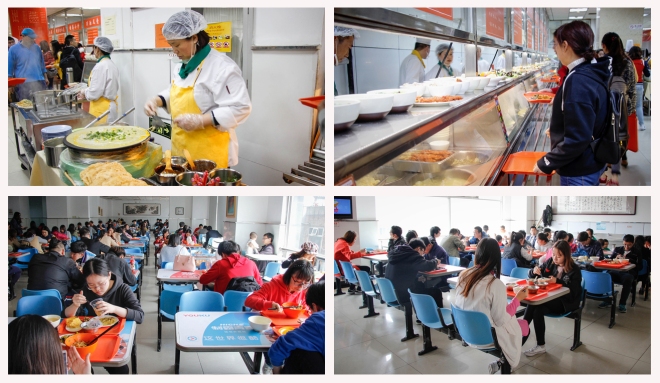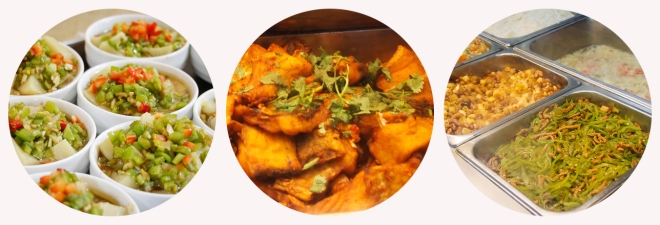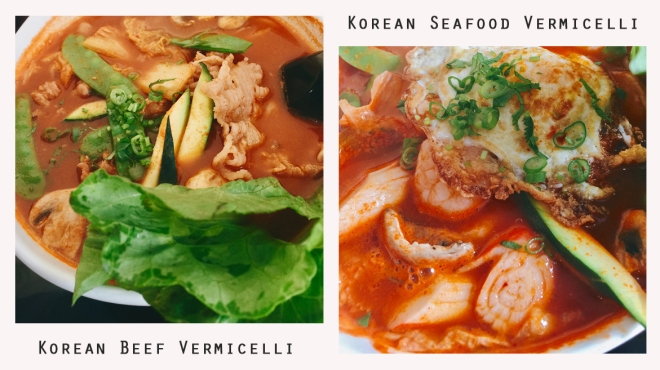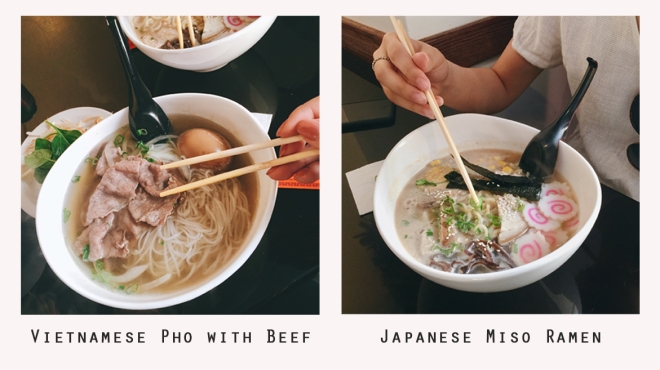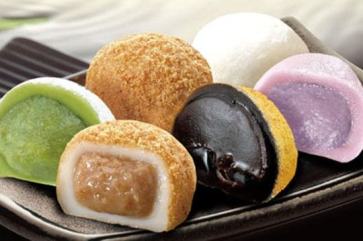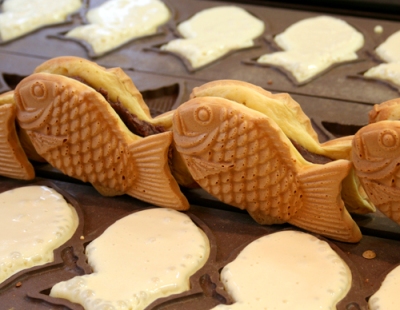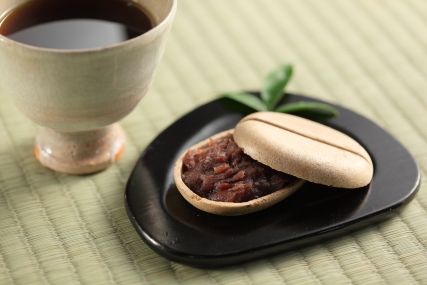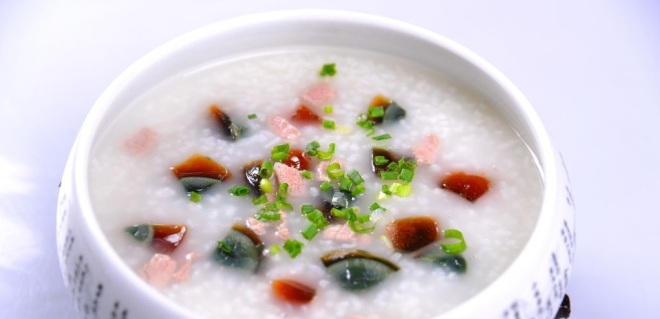Time passes so fast, doesn’t it? I still remember the day I published my first post in January, and that was an extremely nervous moment for me. But now, the May is coming soon, and everything seems much easier for me.
After a four months sharing, I really hope that you gained something special about East Asian foods, or something makes you feel happy from my blog, cause this is the main goal that I’ve set up for myself at the very beginning.
Today, before we say goodbye to each other, I have my last information for you and hope it can bring more happiness to your summer time.
– TASTE of Tippecanoe –
TASTE of Tippecanoe is coming soon on June 17th, 2017. Not like its name, this event is never limited in foods but more entertainment things to help improve the diversity of residents life among Tippecanoe County. It’s a good time to enjoy music, food & drink, live art, and fireworks in the same day.
As described in the event calendar of Lafayette, the event contains features live music on multiple stages, food booths by local restaurants, fireworks, children’ s activity area and beer and wine gardens.
Time and location:
From 4:00 p.m. to 12:00 p.m.

Downtown on 2nd, 3rd, 4th and Main and Ferry Streets. James F. Riehle Depot Plaza, John Myers Pedestrian Bridge, and West Lafayette Tapawingo Park. (They haven’t made their new map yet, so I put an old version one above)
Information about the food and drink:
All food and beverage vendors accept tickets only.
Tickets are $1 each. No ticket refunds.
Ticket sales start at 4:00 p.m., and end at 11:30 p.m. (on July 17th)
The event also sales alcoholic beverages (21 and Over, must provide ID)
For more information about other events in TASTE of Tippecanoe, you can visit their official website at tasteoftippecanoe.org
I think it’s a nice event for those who live in Tippecanoe and also the students who will stay here for summer courses at Purdue. I’ve tried some restaurants here around Tippecanoe with my friends these two years, and most of them are in a very good taste and full of unique characteristics, which you may give yourself a chance to try them during the event. The TASTE of Tippecanoe can be a good opportunity for you if you haven’t tried many foods from various cultures, or even from different areas around America.
Yesterday I saw an advertisement on Youtube. It was a short story of a chef from Europe who was traveling in Japan to find new tastes for his own dishes. And one phrase has left me a deep impression was that: the most beautiful thing to the chef was diversity. In fact, it should be a common belief for everyone who loves foods. So I think I should share it with you guys in my last post.
Although it’s time to say goodbye to the “Taste of East Asia,” but your pace of tasting different kinds of foods around the world should never stop. Food brings us friendship, brings us broad vision, also brings us inclusiveness and understanding. Enjoying the food is also the way you enjoy your life. Hope to see you again maybe at a small restaurant in America, in France, in China, or anywhere else around the world.

Thank you so much for sharing your comments and time with me!![]()

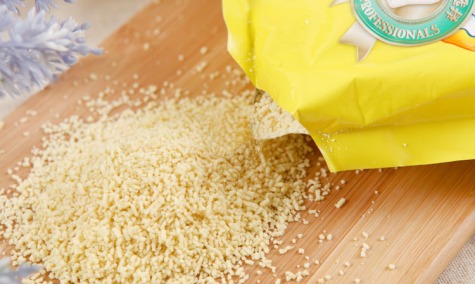
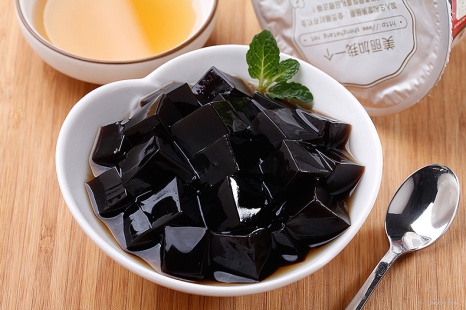
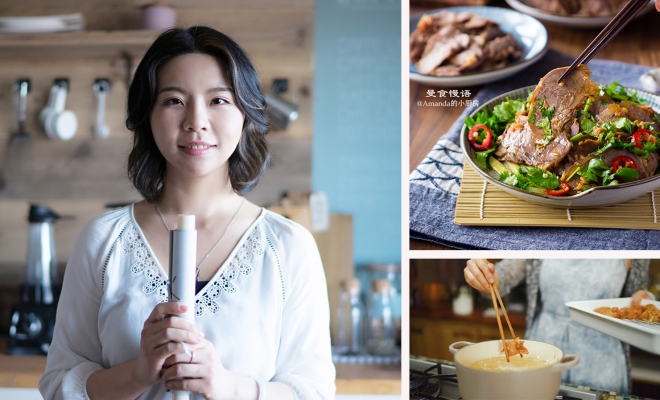
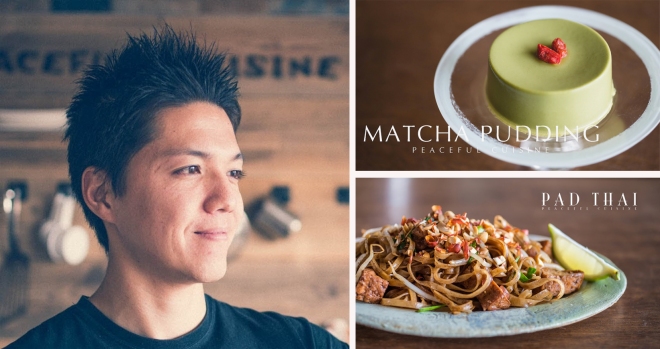
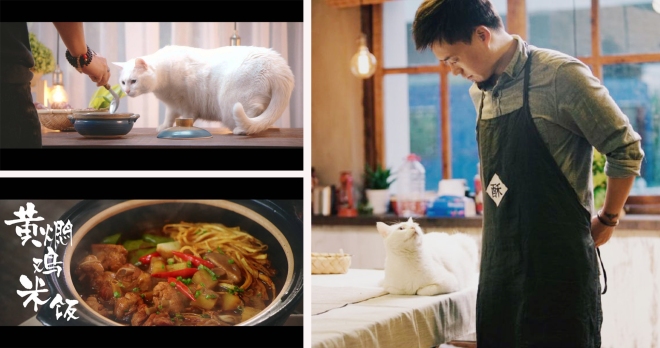

 Dumplings have an extremely long history in Chinese culture. It was created by a famous doctor called Zhongjing Zhang in Eastern Han Dynasty (around 1,800 years ago). What does it mean that dumpling was created by a doctor? You may guess the answer – dumpling was not a kind of food at all when it was first created, but was a kind of medicine.
Dumplings have an extremely long history in Chinese culture. It was created by a famous doctor called Zhongjing Zhang in Eastern Han Dynasty (around 1,800 years ago). What does it mean that dumpling was created by a doctor? You may guess the answer – dumpling was not a kind of food at all when it was first created, but was a kind of medicine.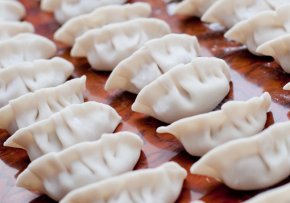 One year when he ended his official term and went back to his hometown, he saw lots of poor people suffered from hunger, and many of them even got frostbite on ears. Zhang decided to save his folks’ life and release their painfulness. So he asked his disciples to set up two big pots near the city gate. One pot was used to cook mutton, chili, and some medicine could cure cold and frostbite with water. After the foods were well cooked, he asked his disciples to take out the ingredients, wrap them with thin doughs, and then boil them in another pot. Each person who came for food and medicine would get two dumplings and a bowl of hot soup for free. Patients’ body and ears became warm after they had the dumplings and hot soup. The frostbite was soon cured.
One year when he ended his official term and went back to his hometown, he saw lots of poor people suffered from hunger, and many of them even got frostbite on ears. Zhang decided to save his folks’ life and release their painfulness. So he asked his disciples to set up two big pots near the city gate. One pot was used to cook mutton, chili, and some medicine could cure cold and frostbite with water. After the foods were well cooked, he asked his disciples to take out the ingredients, wrap them with thin doughs, and then boil them in another pot. Each person who came for food and medicine would get two dumplings and a bowl of hot soup for free. Patients’ body and ears became warm after they had the dumplings and hot soup. The frostbite was soon cured.